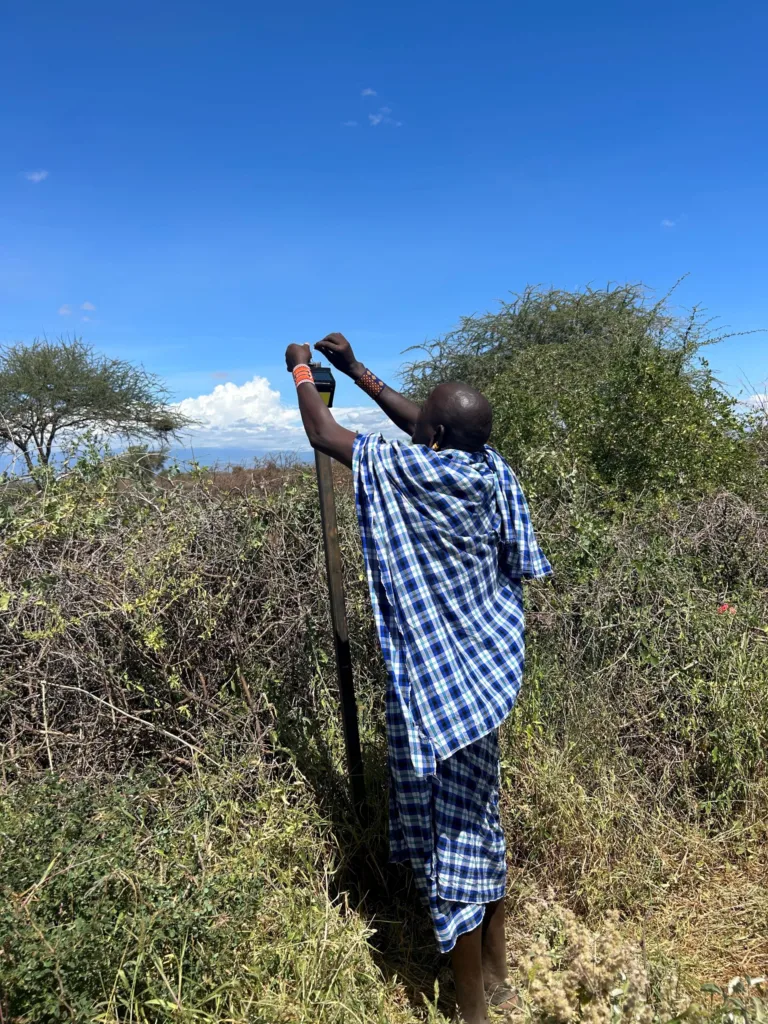Amazonian Explorers
A new semester begins for SFS Peru and the excitement of discovery is in the air. This semester started with a geographic reconnaissance of the area around the Center, which, right at the meeting of the Andes and the Amazon, is a crossroads of cultures and ecosystems, and the richest display of life on Earth. Climbing hills and navigating beaches, every day we find something unique and dazzling: a parade of brilliant caterpillars here, a jumping spider there, a basking coral snake keeping would-be predators away with its warning coloration, and more kinds of plants than anywhere in the world. As one student put it, we have seen so much in only our first week that it seems we have been here for a month. With a nearly whole semester still ahead, just imagine the endless wonders that await this group of Amazonian explorers!
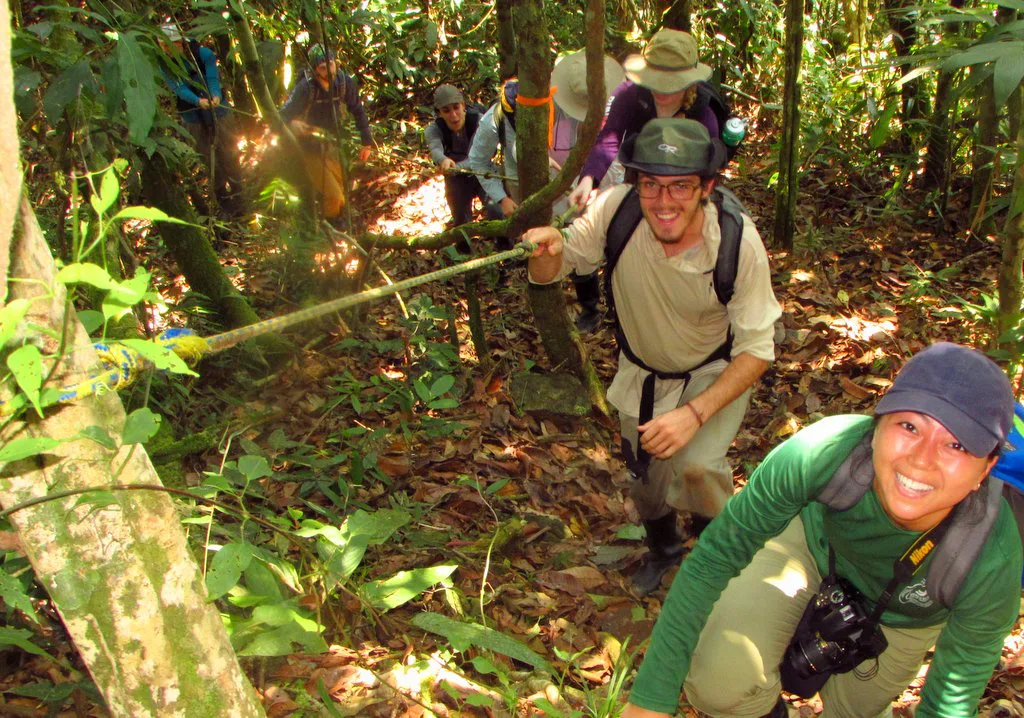
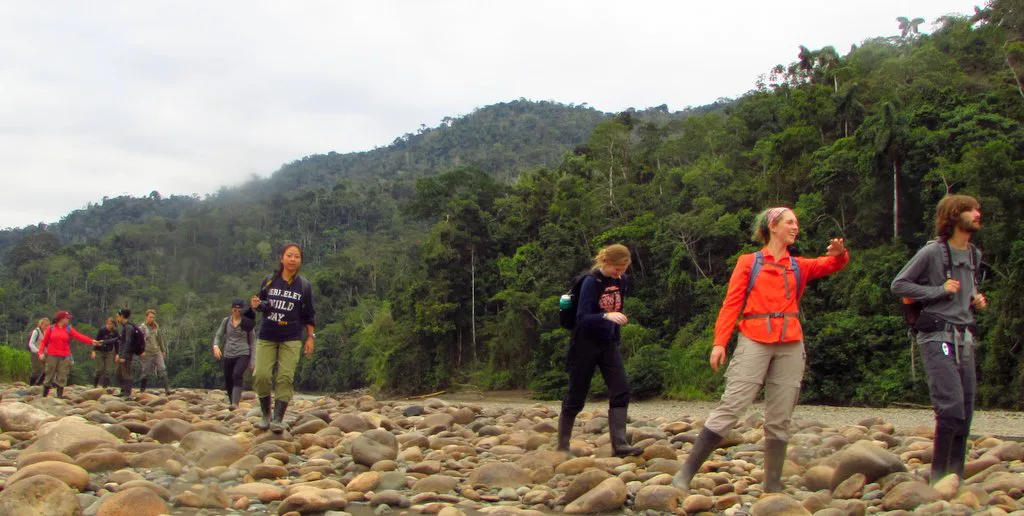
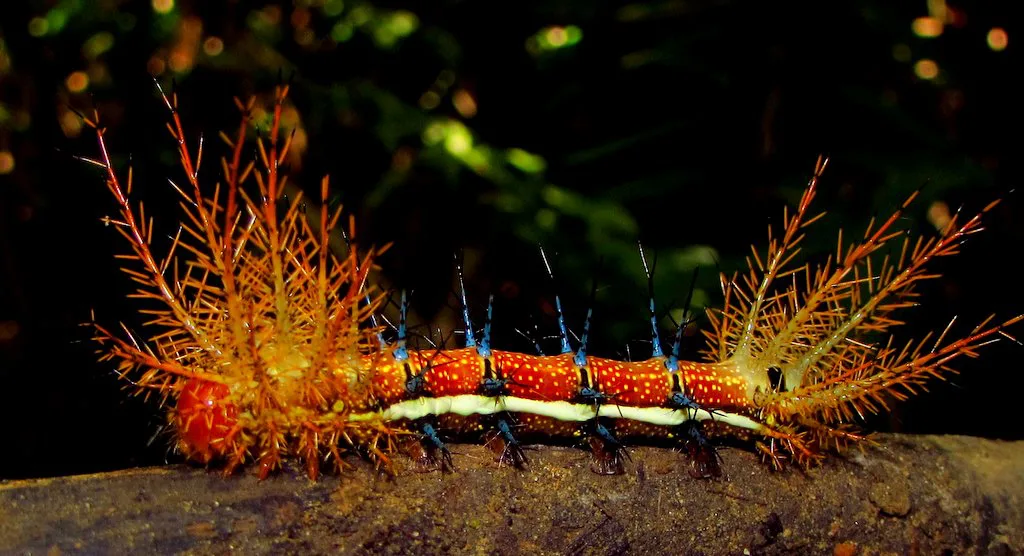
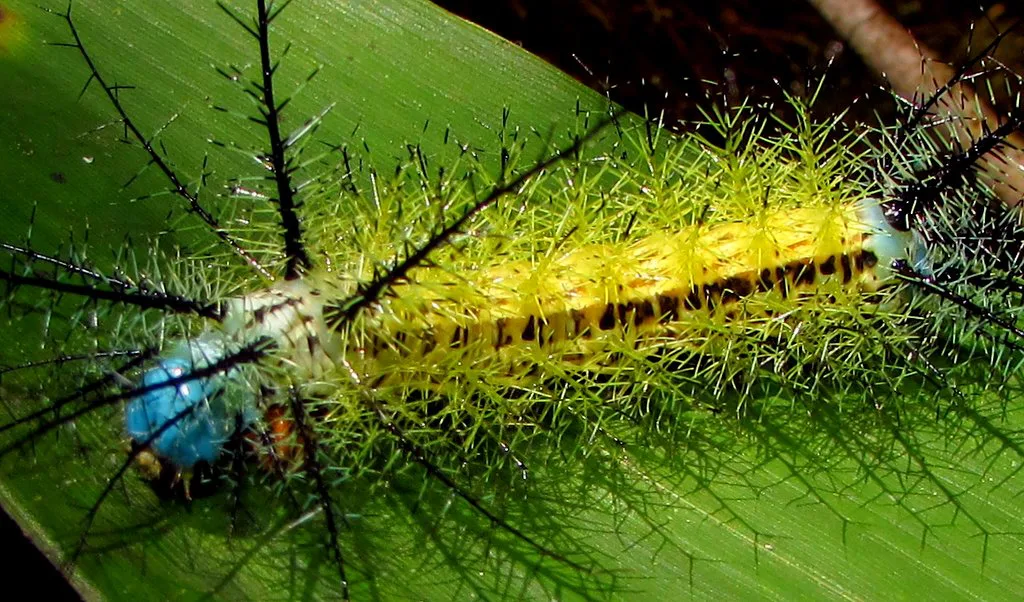
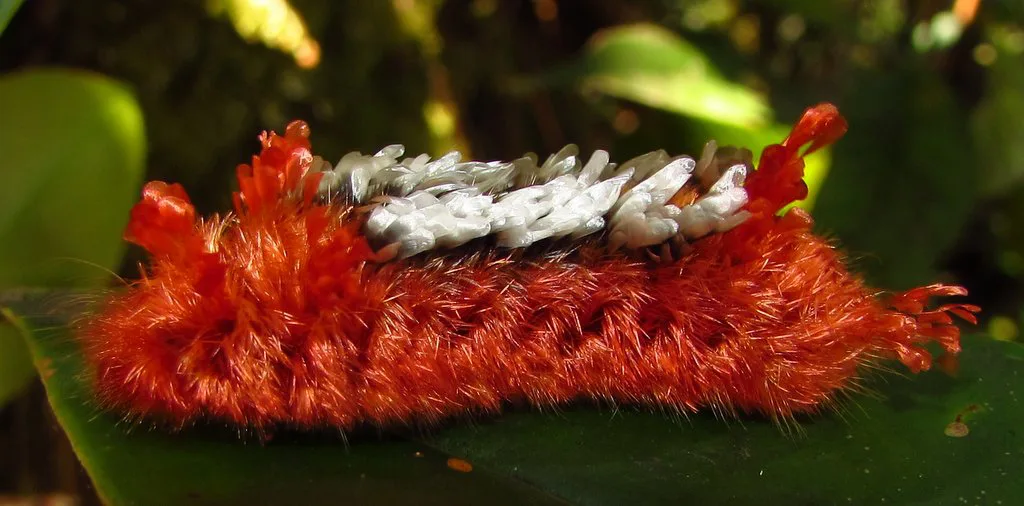
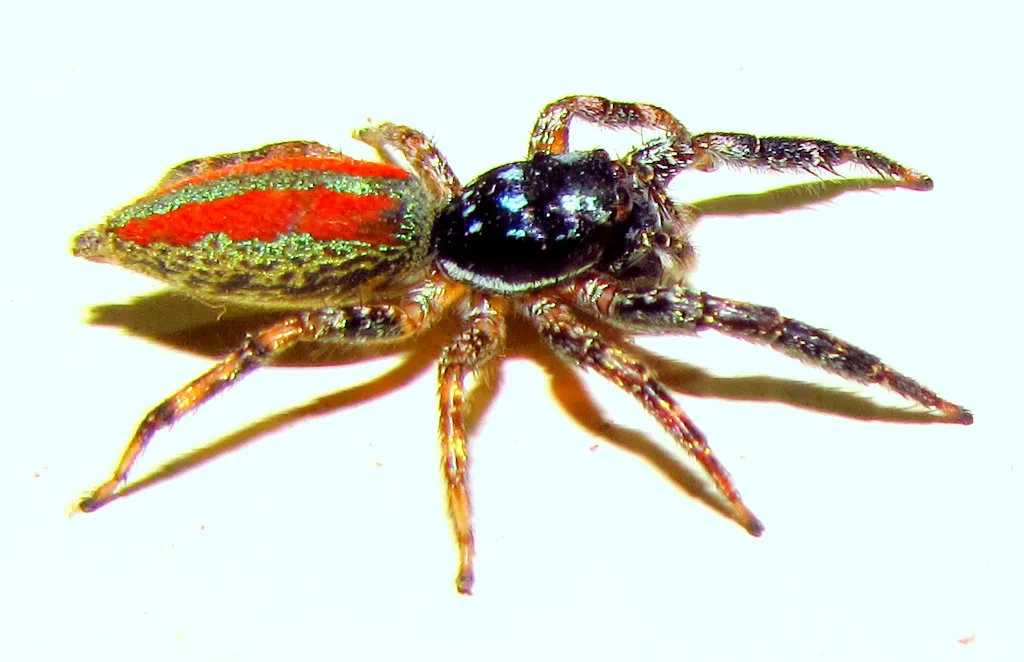
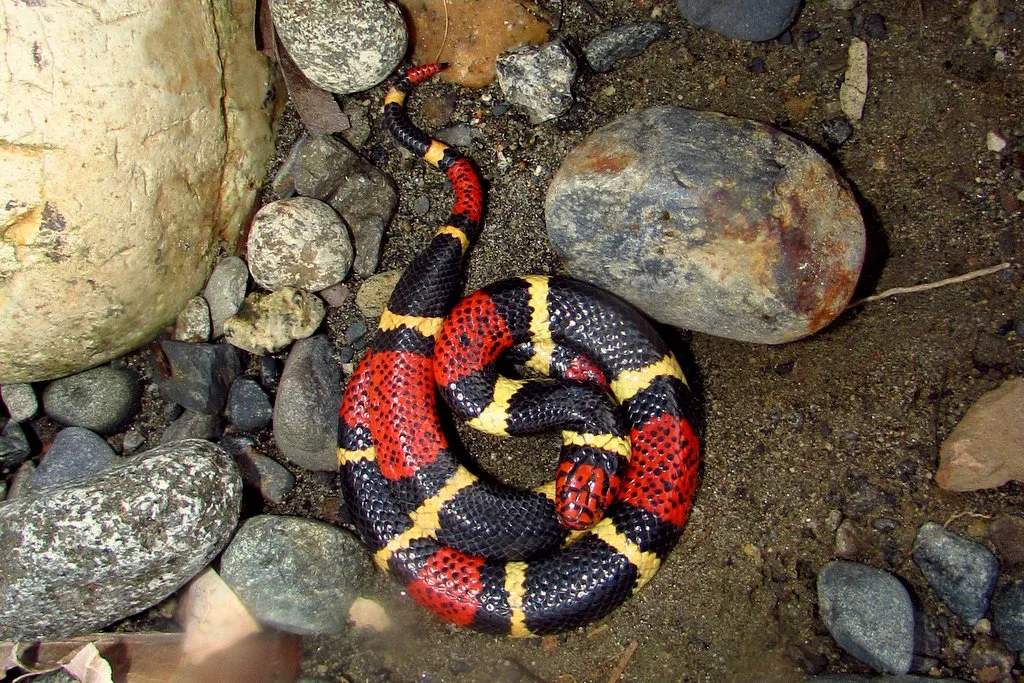
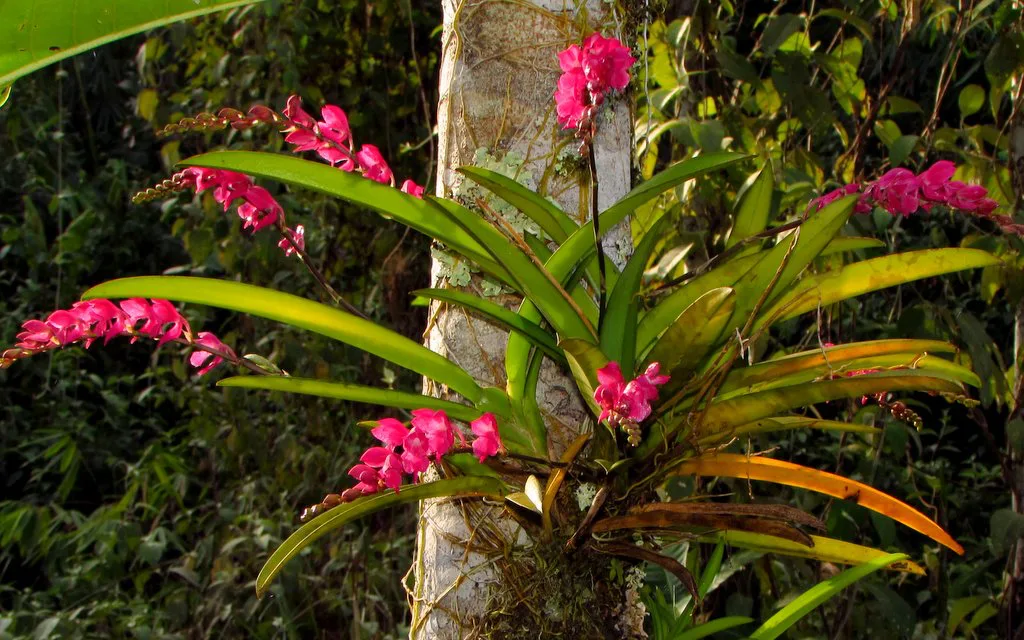

Related Posts
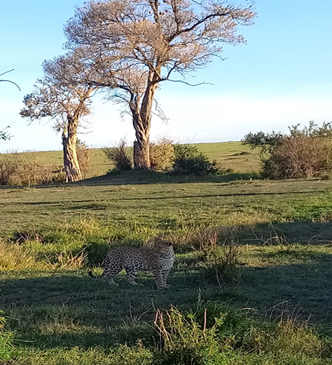
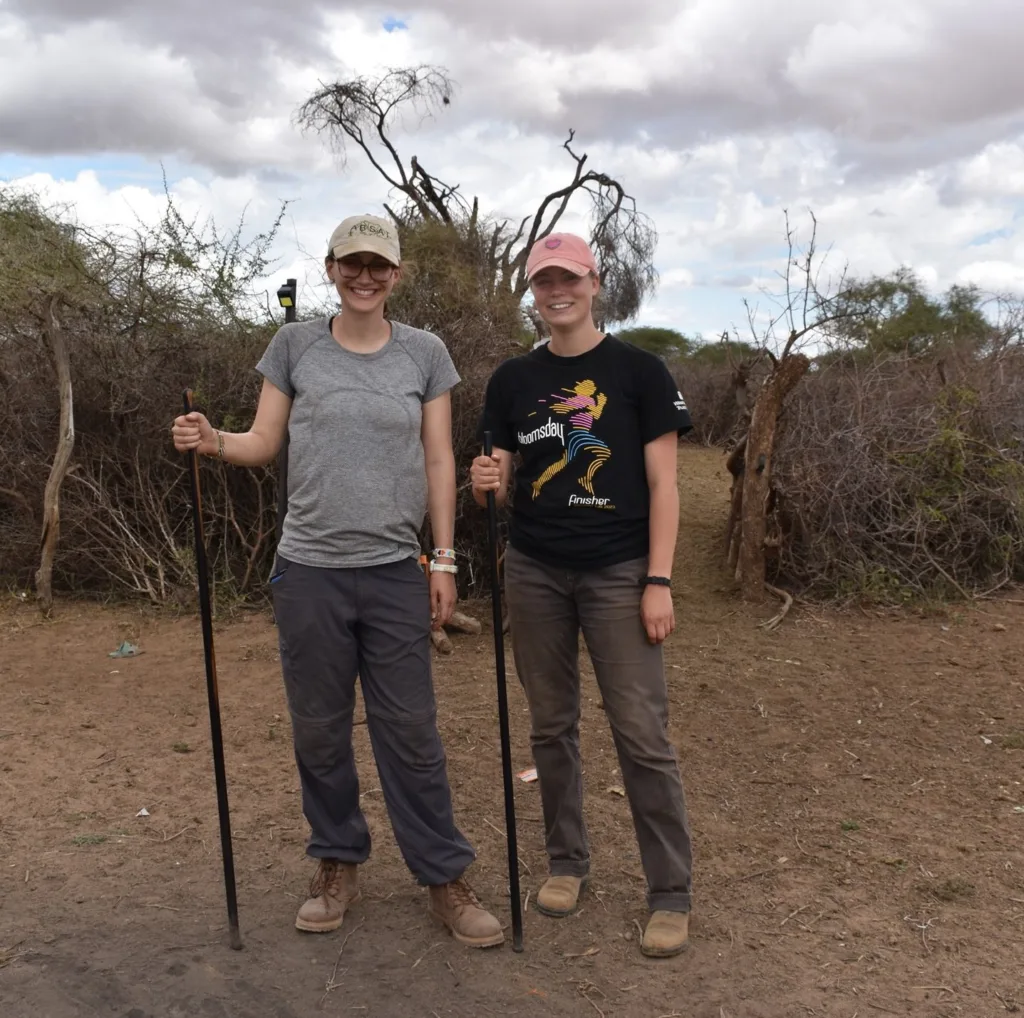
Alumni Reflections: Stories of the Return to Kenya
